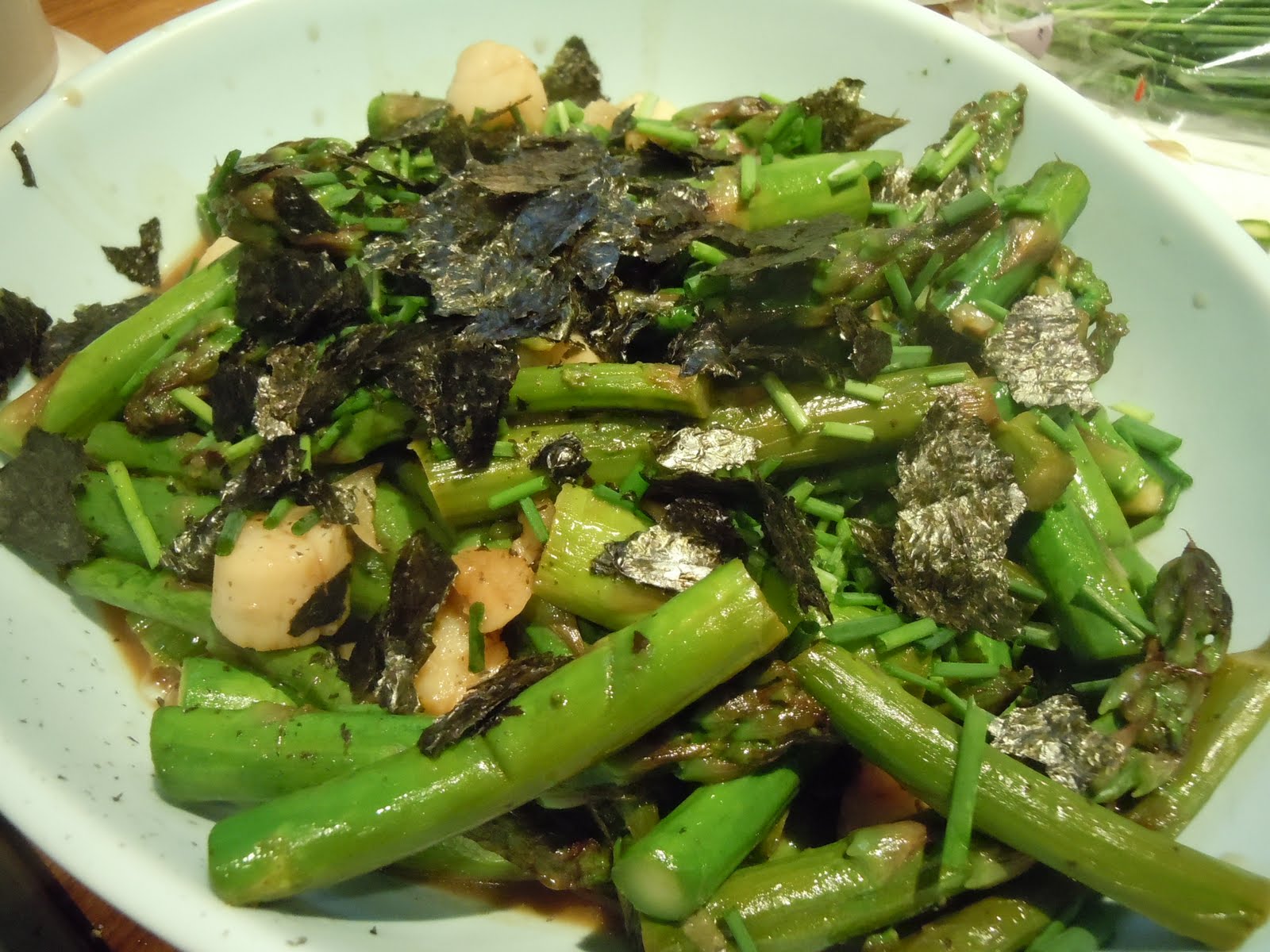I'm all about easy proteins right now. A full day at work doesn't inspire the kinds of long-simmering stews and fussy pastry that were getting my appetite going during the winter months. I usually shy away from the "meat with stuff on it" preparation method, but in recent weeks I've been won over to the cause. A pork tenderloin with a bit of mustard and oil on it can be delicious and the same goes for a spice-rubbed salmon. Dishes that can be made in the space of 10 minutes flat and you have yourself a hearty main dish.
Thus it was that I tried Bittman's Four-Spice Salmon, something he insists is the best thing ever. I had not had spice-rubbed anything in recent memory so I was keen to give it a try. The dish gets absolute points for ease in preparation but, while I gleaned over his wordy paragraphs about the need to grind your own spices and harvesting your own local fillet from the salmon farm down the street, I realized that in this case, he may have been right.
This dish needs oomph. Ooomph it does not get from pre-ground spices and Tesco-brand salmon. Believe me, the flavors are there, hidden in the background. You know that there's potential for spicy extravagance as you bite into your fillet.
But it needs a kick, and unless you can do the aforementioned grinding and harvesting, my solution to this problem is to nudge the spiciness quotient up a notch. I suggest some chili flakes or powder, just to add a bit of heat to the dish. It doesn't mask the other delicious combination of flavors of the spice rub, but if you, like me, are stuck with brand X spices, this may bring out a tad more flavor in the dish than otherwise.
Having done that, the dish is an absolute win. A main course that is not your standard boring salmon fillet "with stuff on it". It's a beauty. One I will be using again.
Ingredients
4 6-ounce, skinned salmon fillets
Salt and freshly ground black pepper
1 tablespoon coriander seeds or ground coriander
1/4 teaspoon whole or ground cloves
1 1/2 teaspoons cumin seed or ground cumin
1 teaspoon freshly grated nutmeg
1 tsp chili flakes or power (or to your taste)
2 tablespoons peanut oil, grape seed or other neutral oil, or clarified butter
Method
Season fillets on both sides with salt and pepper. If necessary, combine spices and grind them to a coarse powder in a coffee or spice grinder. Press some of the mixture onto the top of each fillet.
Preheat a large nonstick skillet over medium-high heat for 2 to 3 minutes. Add the oil or butter and, when it shimmers, place the fillets, coated side down, in the pan. Cook about 2 to 3 minutes, or until the spice mixture forms a nicely browned crust.
Turn the fillets and cook for another 2 to 3 minutes, or until the salmon just slightly resists when pierced with a thin-bladed knife.





